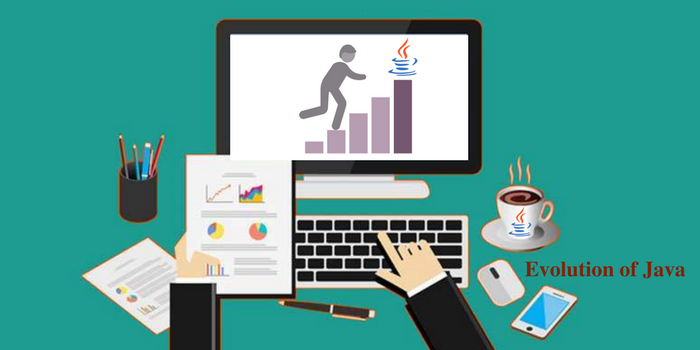Java, the programming language developed at Sun Microsystems in the 90s and later acquired by Oracle, is the most common programming environment used today, by developers across the globe. With the diversification of applicability that accompanied the technological boom, Java updates now come as Standard Editions (SE), Enterprise Edition (EE) and Micro Edition (ME). The Java SE contains the core programming logic and platform, used for relatively smaller-scale tasks and academic purposes. Java EE is used by Java Development companies for large-scale projects. It contains additional libraries which allow for the running and deployment of multi-tier software. The Micro Edition is used specific to app development for mobiles and embedded systems.

The Enterprise Editions of Java find unparalleled usage in the IT industry. We take a look at the most recent functionality introduced in EE 7 and EE 8, and look ahead to the prospects outlined by Java EE 9.
What is Java EE 7?
Java’s Enterprise Edition 7 revolves around three central themes - increased alignment with HTML 5 compatibility (including introduction of new APIs for JSON Processing and WebSocket), heightened developer productivity (loose coupling and strong typing with a Service Provider Interface using CDI 1.x) and meeting new enterprise requirements (such as the API for Batch Application and an extensible framework of threading utilities like blocking queues).
Java EE 7 was the flagship product of Java integrating more and more with cloud-centric storage and database capacities. It laid the groundwork for further enhancements to cloud environments in subsequent editions. In addition, concurrency utilities make the job of utilizing parallel processing much easier in creating an application. EE 7 was responsible for injecting into the Java EE family most of the crucial technologies that would fuel its growth in the modern age.
The Evolution of Java EE 8
Java SE 8 introduced a host of features such as lambda expressions, date/time API, etc. Java EE 8 is piped to be the Enterprise Edition platform that can integrate seamlessly with the SE 8 platform. This would provide enhanced functionality in the form of a rapid simplification of the skeleton of programming models followed, and support for latest standards such as JSON Processing, architectural action-based MVCs and a lot more.
Java EE 8 piggybacks on existing Enterprise technologies and enhances usability and compatibility with latest features. It also introduces APIs to deal with multiplexing, prioritization and annotations. Oracle is expected to go ahead with the full release of Java EE 8 by mid-to-late 2017.
The Future with Java EE 9
The plans for Java EE 9 are centred on introducing and highlighting modularity in Java code. The modular Java EE 9 runtime is expected to bring about significant changes in coding practices. Since the planned release of Java EE 9 is still some time away, Oracle has not come out with the nitty-gritty’s of this latest Enterprise Edition. We can expect accommodations to occur based on developmental trends in the next year or so.
Java finds use in all spheres of technical life. Be it on a personal computer for developing an application, or a Java development company taking up projects that utilize distributed systems and multi-level hierarchies, Java is applicable everywhere. Evolution in Java EE have shaped the developmental process in times past. It is expected that the functionalities and real-world applications of Java EE 8 and Java EE 9 will paint the roadmap for the future.
